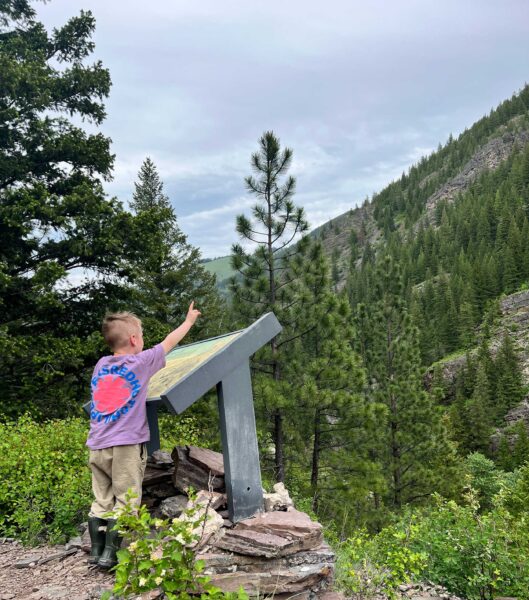
Image by Suzanne Downing
There’s nothing quite like hitting a trail with your kids in tow and the promise of an afternoon full of adventure. But if you’ve ever tried hiking with kids under 10 years old, you probably know it’s a whole different game than your solo or adult-only outdoor treks. Suddenly, your peaceful walk in the woods involves more snack breaks, more questions about bugs and more bathroom stops than expected.
Hiking with young kids — especially preschool- or elementary-school-age ones — can be one of the most rewarding experiences you’ll share. It’s a chance to build connection, create memories, and help your kids fall in love with the outdoors in a way that sticks. But to get there without stress, meltdowns or giving up halfway in, it helps to come prepared with a few key strategies.
Here are five practical, field-tested tips to help you and your little adventurers get the most out of your hiking experience, plus some ideas for keeping things fun along the way.
1. Let Them Lead the Way
If there’s one thing I’ve learned hiking with kids, it’s that they love to feel in charge. Giving your child the chance to “lead” the hike (especially in the first 10 to 15 minutes) can set the tone for the whole outing. It flips the script from “Come on, keep up!” to “Hey, let’s follow your pace for a bit.”
Letting them take the lead gives them a sense of ownership and independence, which can help reduce complaints and increase enthusiasm. You might find that when they’re setting the pace, they’re far more engaged with what’s around them: bugs on the trail, funny-shaped rocks or the sound of a woodpecker off in the trees.
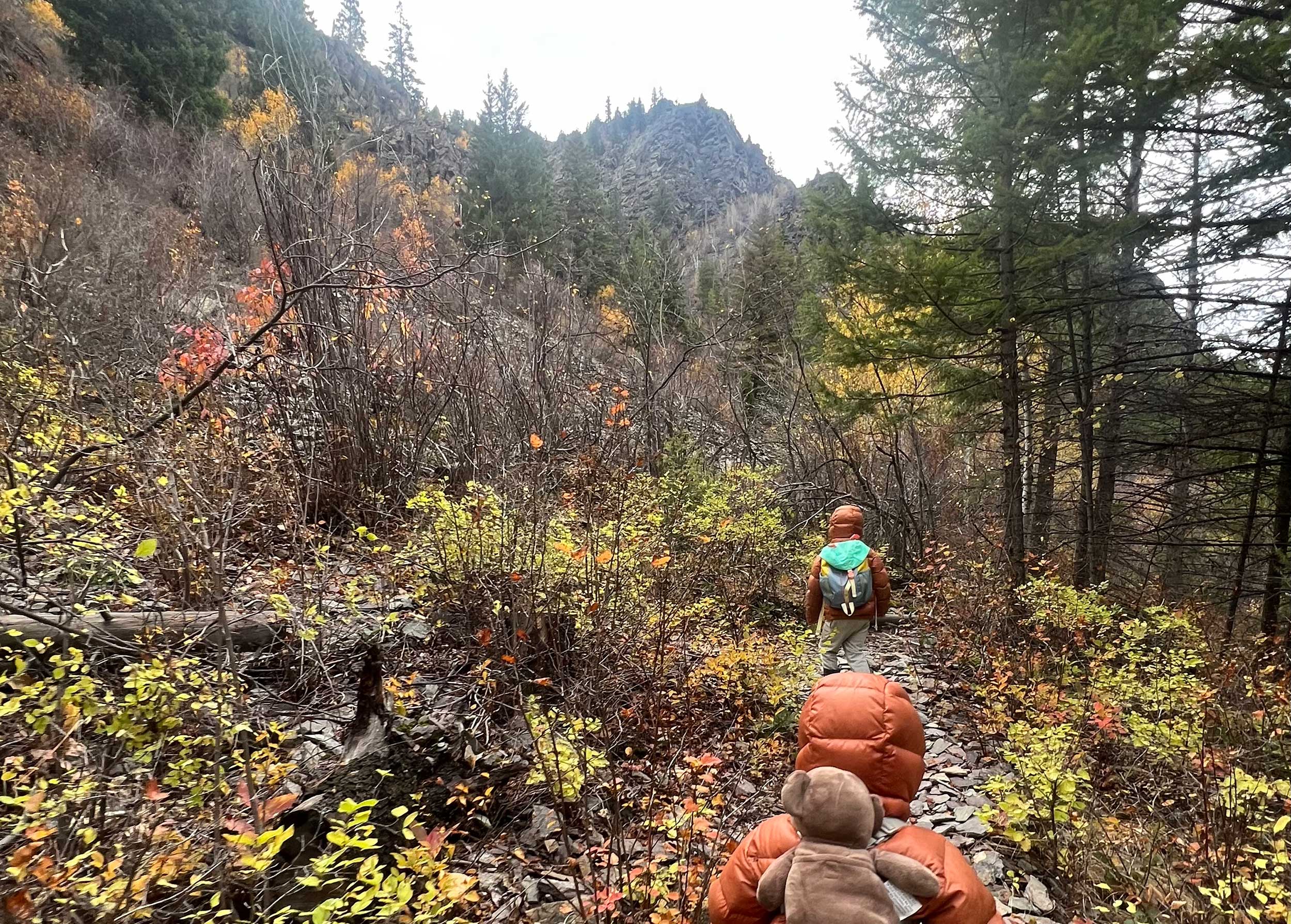
Image by Suzanne Downing
Pro Tip: You can even make them the “Trail Guide” for the day, giving them small responsibilities like checking the trail markers, deciding where to stop for breaks or choosing which fork in the path to explore (with a little adult supervision, of course).
If you’re hiking with more than one child, take turns letting each one be the leader for a portion of the trail. It helps avoid power struggles and gives each kid a chance to shine.
2. Plan a Nature Scavenger Hunt
There’s something cool about turning a regular walk into a game, and a scavenger hunt is one of the easiest ways to do it. Print out (or jot down) a list of things they might spot on your hike: a pinecone, a feather, a mushroom, something fuzzy, something yellow, an animal track or even a squirrel. You can even include more sensory-based items like “a bird sound” or “a tree that smells good.”
This kind of hands-on discovery keeps their minds and bodies engaged, and it might even give you some extra mileage on the trail.
Here’s a sample scavenger list to get you started:
- Pinecone
- Wildflower
- Animal track or scat (great opportunity for a biology mini-lesson!)
- Bird call
- Something smooth
- A cool-shaped stick
- Something red
- A bug (bonus points for naming it!)
- Bark with a unique pattern
- A mushroom or fungus (look, don’t touch)
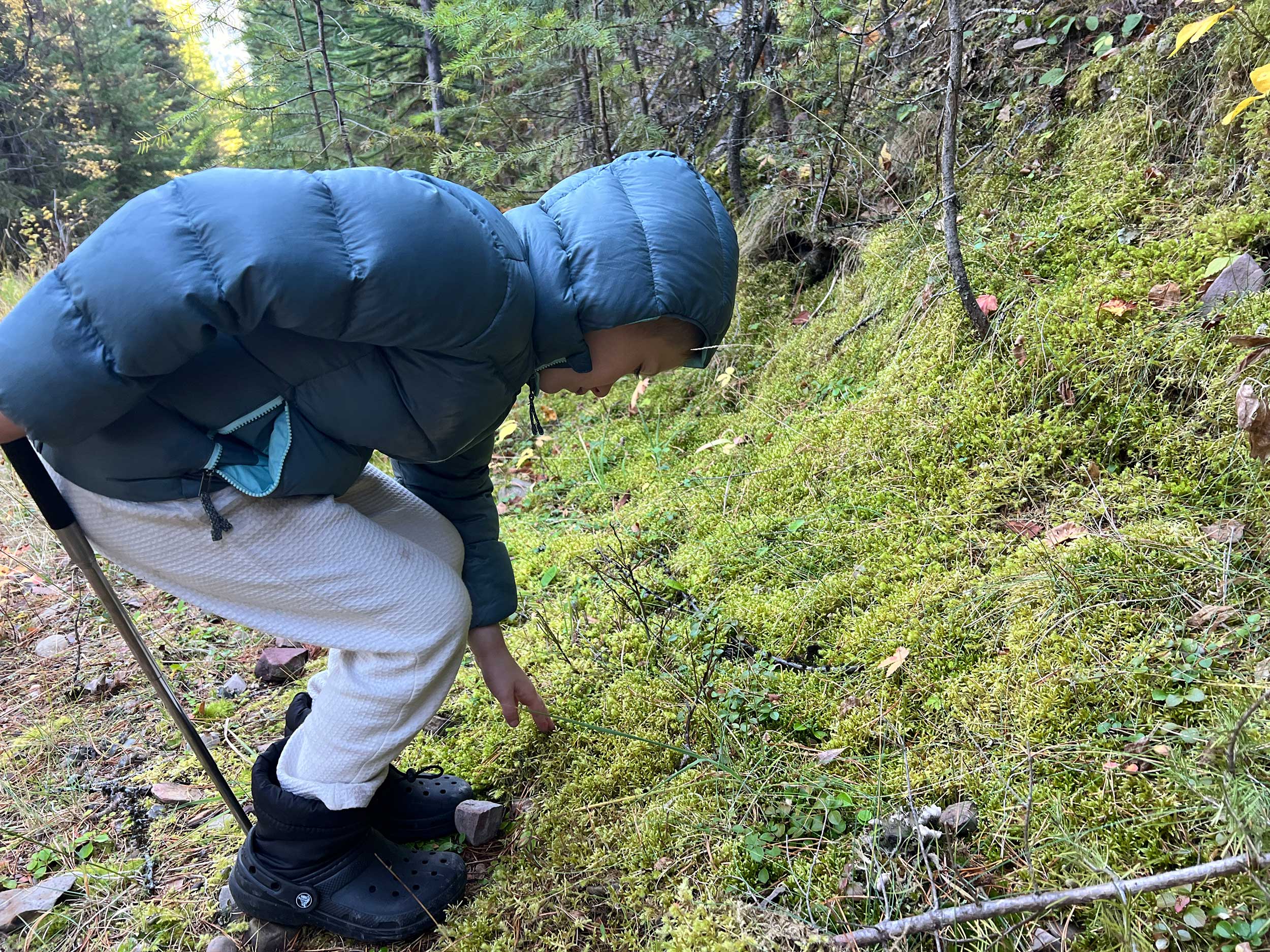
Image by Suzanne Downing
Bring a small notepad with checkboxes. or go digital and snap a photo of each find. If you have younger kids who aren’t reading yet, use visuals or let them draw what they find.
Pro Tip: Keep it flexible. The goal is fun and engagement, not perfection. Some days your kids will want to find everything on the list. Other days they’ll be too busy pretending to be forest rangers. Either way, they’re learning.
Pack Their Favorite Snacks — and Stop for Them Often
Never underestimate the power of a well-timed snack. Snacks are the secret weapon. A kid that was “too tired to go on” five minutes ago will suddenly have renewed energy after a handful of Goldfish or a fruit leather.
When you’re hiking with kids, think of your snack breaks as pit stops on a road trip. Space them out intentionally to keep spirits high. Let your kids help pick the snacks ahead of time (within reason). Knowing they’re carrying a pouch of their favorite trail mix or apple slices can be surprisingly motivating.
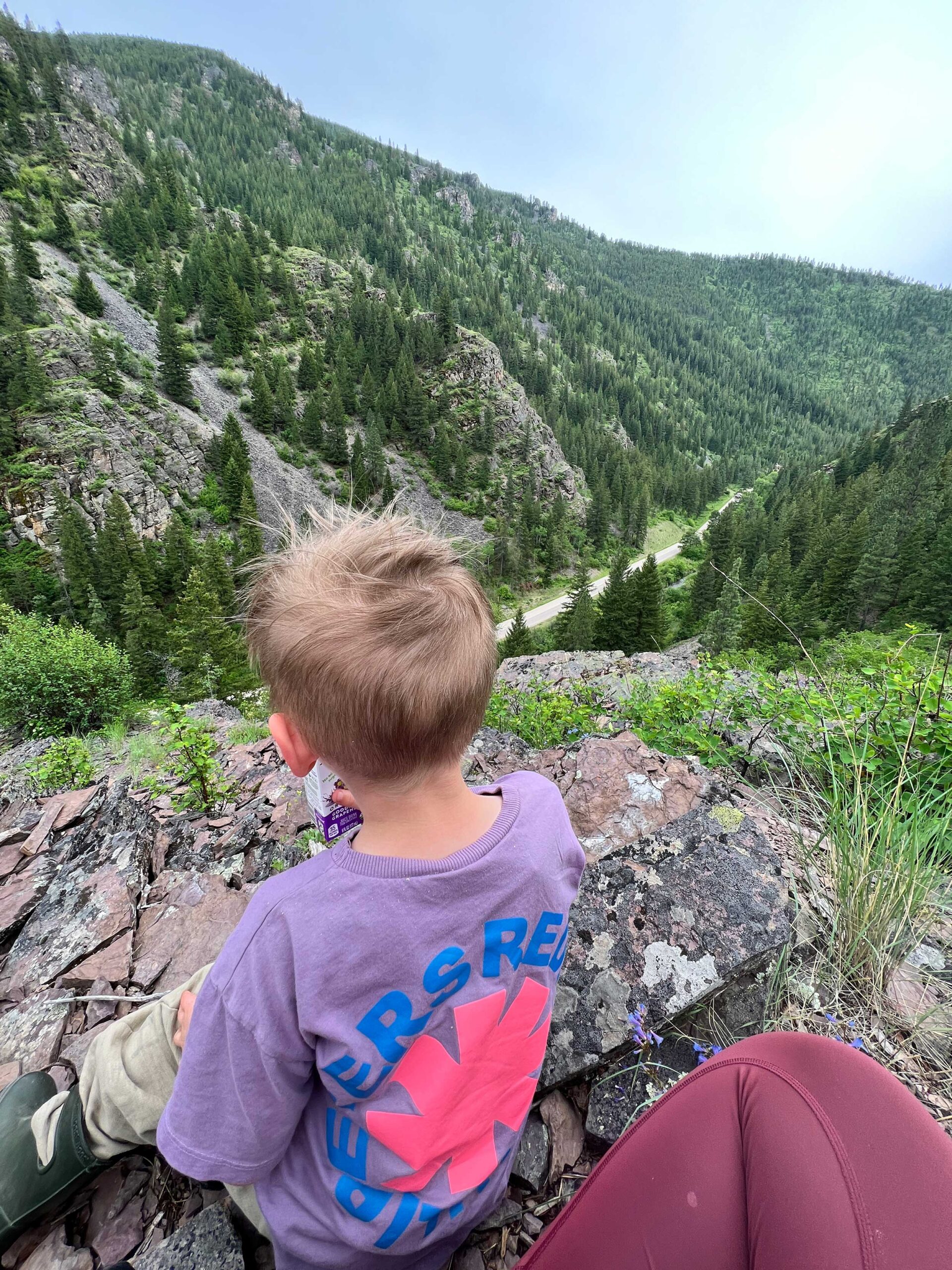
Image by Suzanne Downing
Snack ideas that travel well:
- Sliced apples or clementines
- Granola bars
- Trail mix (pre-portioned so there’s no fighting)
- Cheese sticks
- Whole grain crackers
- Dried fruit
- Squeeze pouches (for younger kids)
- Peanut butter sandwiches
- A few chocolate chips tucked in as a surprise treat
Pro Tip: Don’t just stop when they’re hungry. Build snack breaks into the rhythm of the hike. Try stopping at a scenic spot like a stream, a boulder or a fallen tree, and use it as a mini “camp” where you refuel and rest.
Bonus: Bring a small picnic blanket. It sounds extra, but it gives your breaks a fun, cozy feel, and keeps your stuff off the dirt.
Build in Hands-On Exploration Time
Hiking with kids isn’t just about distance. It’s about curiosity. So instead of focusing on how far you get, focus on what they’re getting out of the experience. If your child wants to poke at moss on a log for 15 minutes or build a mini dam in a creek, lean in. That hands-on time is where a lot of the magic happens.
It might slow you down (okay, it definitely will), but it will also deepen their love for the outdoors in a way that sticks longer than just marching along a path.
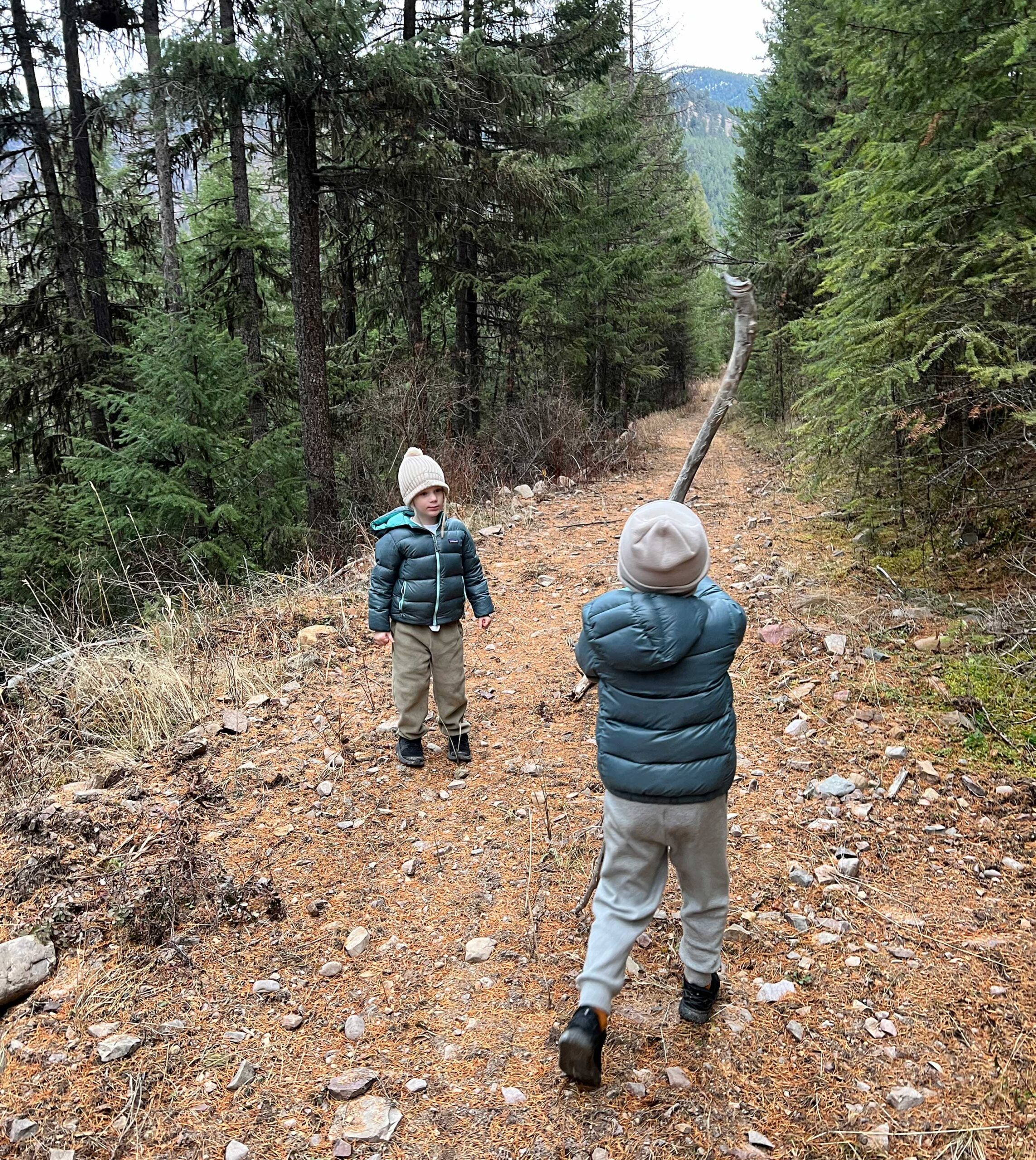
Image by Suzanne Downing
Some fun exploration ideas:
- Flip over rocks and gently peek at what’s underneath (roll them back afterward)
- Collect different shaped leaves
- Build a stick shelter or fairy house
- Watch ants or beetles do their thing
- Toss pebbles into a stream and count the splashes
- Find a walking stick and personalize it with ribbon or carvings later
Pro Tip: Bring along a small magnifying glass or a bug-viewing jar. These make tiny discoveries feel like real science experiments. A kid who sees a roly-poly up close just might become a curious hiker for life.
End on a High Note (Even if It Means Ending Early)
One of the best pieces of advice I ever got about hiking with kids: “Stop before they’re done.” Meaning, don’t push them to exhaustion. The goal isn’t to finish a loop or reach the summit every time. The goal is to build positive outdoor experiences that they’ll want to repeat.
If that means turning around after just a mile because you had a great scavenger hunt, two awesome snack breaks, and everyone’s in a good mood then that’s a win.
This might be hard for adults used to hiking with a destination in mind, but remember that your 4- or 6-year-old doesn’t care how many miles you logged. They care about whether they felt seen, successful and like they had fun.
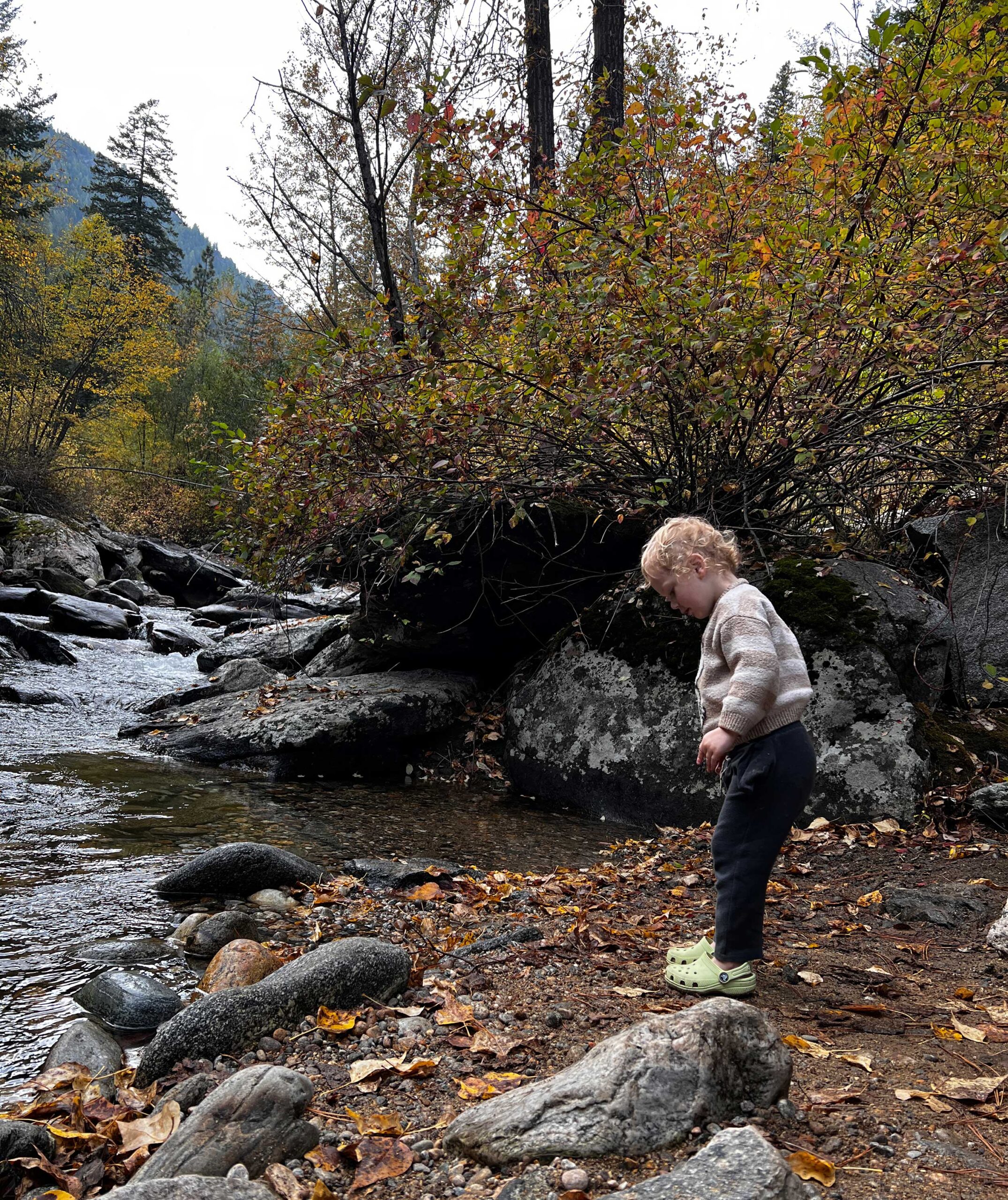
Image by Suzanne Downing
Pro Tip: Celebrate the end of the hike, whether it was 0.7 miles or 3 miles. High-fives, a “You did it!” shout, or a special post-hike treat (like hot cocoa in the winter or a popsicle from a cooler) can help them associate hiking with fun. And that’s what gets them excited to do it again next weekend.
Bonus Tips (Because You Know There’s Always More)
While those five tips will get you most of the way, here are a few quick extras to tuck in your pack:
- Bring a change of socks and shoes — especially if you’ll be near water.
- Carry wipes or a small towel for post-exploration cleanup.
- Keep a basic first-aid kit handy for skinned knees or bug bites.
- Choose short trails with loops or easy out-and-backs.
- Check for bathrooms ahead of time (and pack a travel potty or emergency supplies if you’re far from facilities).
In the end, it’s about the experience.
Hiking with kids isn’t always easy but it’s usually always worth it. When you take kids outdoors and let them lead, explore, snack and discover at their own pace, you’re doing more than just exercising. You’re building confidence and creating space for imagination. You’re also planting seeds that grow into lifelong love for nature.
Suzanne Downing is an outdoor writer and photographer in Montana with an environmental science journalism background. Her work can be found in Outdoors Unlimited, Bugle Magazine, Missoulian, Byline Magazine, Communique, MTPR online, UM Native News, National Wildlife Federation campaigns and more.

 Your Privacy Choices
Your Privacy Choices